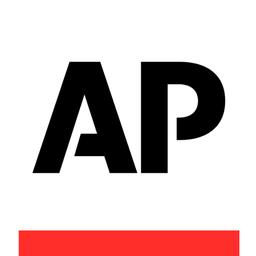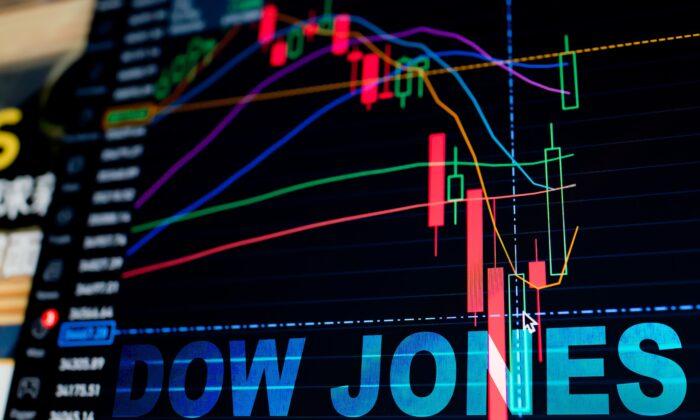WASHINGTON—Shrugging off higher interest rates, America’s consumers spent enough to help drive the economy to a brisk 5.2 percent annual pace from July through September, the government reported Wednesday in an upgrade from its previous estimate.
The government had previously estimated that the economy grew at a 4.9 percent annual rate last quarter.
Wednesday’s second estimate of growth for the July–September quarter confirmed that the economy sharply accelerated from its 2.1 percent rate from April through June. It showed that the U.S. gross domestic product—the total output of goods and services—grew at its fastest quarterly rate in nearly two years.
Consumer spending, the lifeblood of the economy, rose at a 3.6 percent annual rate from July through September—still healthy but a downgrade from the previous estimate of 4 percent. The economy also received a lift from companies building inventories in anticipation of future sales. Also driving the third quarter growth was an uptick in spending and investment by governments at all levels, federal, state, and local.
The U.S. economy, the world’s largest, has proved resilient even as the Federal Reserve has raised its benchmark interest rate 11 times since March 2022 to fight the worst bout of inflation in four decades. Those higher interest rates have significantly increased consumer and business borrowing costs. But they have also helped ease inflationary pressures: Consumer prices rose 3.2 percent last month from 12 months earlier, a marked improvement from the 9.1 percent year-over-year inflation recorded in June 2022.
The U.S. job market is cooling from the red-hot levels of the past two years. But it’s still healthy by historical standards: Employers are adding an average of 239,000 jobs a month this year. And the unemployment rate has come in below 4 percent for 21 straight months, the longest such streak since the 1960s.
The combination of easing inflation and resilient hiring has raised hopes the Fed can manage a so-called soft landing—raising rates just enough to cool the economy and tame price increases without tipping the economy into recession.







